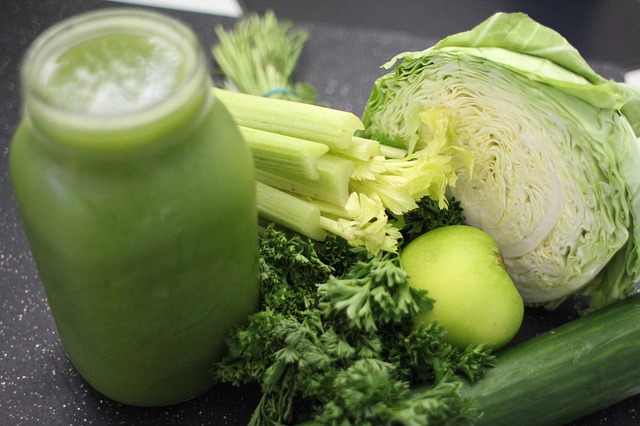One of the most common barriers athletes face in relation to good nutrition is a lack of time.
Shopping, cooking dinner, making lunches and planning meals, whilst trying to maintain a hectic training schedule can be challenging and individuals can sometimes find it easier to grab a coffee and a muffin on the run rather than allow time to sit down to a proper meal.
Unfortunately, this type of haphazard eating pattern can lead to inadequate energy levels and low intakes of important vitamins and minerals, which are essential for optimal performance and recovery.
Here Are A Few Tips On How To Maintain Good Nutrition Practices Even If You Are Always On The Go
- Once a week, set aside half an hour to make a trip to the local supermarket then use this time to stock up on nutritious, ready to eat snacks such as yoghurt, small tins of fruit, cereal and protein bars.
Liquid meal drinks such as Sustagen and Up and Go, long life milk, breakfast cereal, cracker biscuits, packaged cheese and spreads such as vegemite and peanut butter.
This amount of food will keep you going for at least a week and ensures that you have an assortment of nutritious snacks to take with you to work, munch on before a workout or even make a dinner out of if you are too tired to cook.
- If you find it really hard to get out of bed early enough to make yourself breakfast try and grab a low fat milk smoothie or breakfast drink like Sustagen or Up and Go at some point during the morning.
Eating first thing in the morning is the best thing you can do to get your metabolism moving and improve your calorie burning potential.
If you skip breakfast, it means that the majority of your food is eaten during the second half of the day, and makes it less likely that you will burn all the calories consumed, hence making fat storage more likely.
- Try to make sure that you always team a carbohydrate rich food such as bread, cereal, fruit or cracker biscuits with a lean protein such as tuna, low fat cheese, egg, lean ham, chicken or a low fat dairy food.
The carbohydrates will give you the energy you need, while the protein will slow your digestion and keep you fuller for longer.
Some examples of nutritious combinations include tuna on corn or grain based crackers, ham and cheese and grain bread, yoghurt and fruit, nut bars and low fat flavoured milk with fruit.
- When you are purchasing food away from the home, look for healthier options. For example, on burgers or sandwiches, ask for extra salad, request skim milk in your coffee instead of full cream milk and look for low fat cakes and muffins.
A large, full cream milk coffee and a regular muffin can contain as much as 40 grams of fat. This is half the total amount of fat the average adult requires in a day!
- Use frozen meals like Lean Cuisine and Dolmio pastas when you are too tired to cook instead of eating takeaway. These low fat varieties of frozen dinners are actually quite nutritious.
To make then larger and more filling, add some bread, extra salad or vegetables like tomato or frozen peas and corn or a small tin of tuna or salmon.
Some other easy meals such as baked beans on toast, scrambled eggs with tomato and mushroom, breakfast cereal with yoghurt and fruit or a simple sandwich with meat and salad are also nutritious options for the non-cooks amongst us.
Just try and add some vegetables occasionally, even if it means ordering them in a stir-fried form from the local Vietnamese restaurant.






